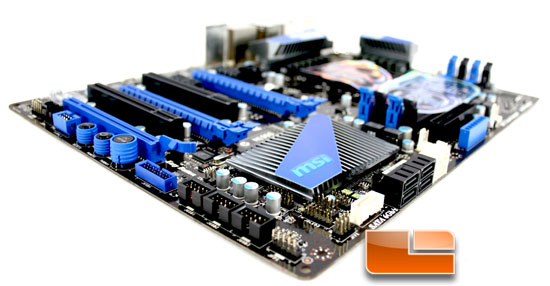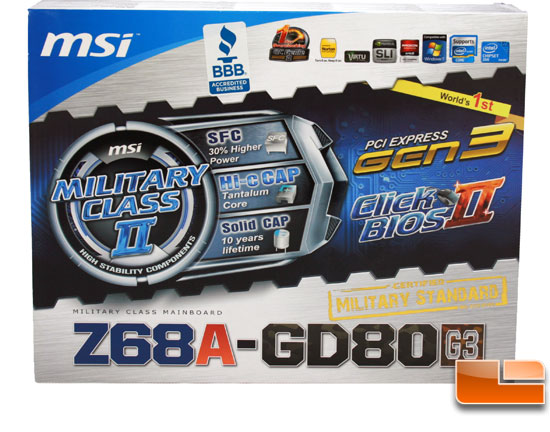Upgrading From Intel P55 w/ Lynnfield to Intel Z68 w/ Sandy Bridge
Introduction
Intel released the P55 chip set along with the Lynnfield CPU back in Q3 of 2009 while the Sandy Bridge was released in January of 2011 and followed with the Z68 in Q2 of 2011. This nearly two year gap has seen significant architecture improvements in not only pure performance but also in power consumption. In early 2010 Nvidia announced the new FERMI architecture and started shipping the GTX 480 / GTX 470 in April of that year. By December of that year they had already upgraded their product line with the current top of the heap single GPU GTX 580 card. Now there are always those that must have the latest and greatest no matter how old their current system is but without unlimited funds the rest of us have to be a bit more pragmatic and pick and choose when to upgrade. If you happen to have one of these systems that are only a few years old you are probably wondering about all this new technology and asking yourself “is it worth it?”
When the latest Z68 based motherboard from MSI, the Z68A-GD80, showed up in our mail room we got to thinking about these last two years and then thought we could either do our normal motherboard review or we could try something a bit different. Since one of our main gaming work machines just happen to be running last generation technology why not upgrade the whole system to try and answer the “is it worth it” question for everyone.

Micro-Star International (MSI) has been around since 1986 and has really made a name for themselves as a one of the premiere motherboard manufacturers for the enthusiast market. MSI motherboards are known to be easy overclockers and are working hard against their main rival ASUS to take the top spot in the market. They have made several innovations such as their trademark 2oz Copper PCB and were the first to fix the faulty chip sets on first generation Sandy Bridge motherboards. They have another first as they are the first manufacturer to come out with motherboards that supports 3rd generation PCI. We were lucky enough to get their latest and greatest socket LGA2 – 1155 motherboards, the Z68A-GD80 (G3) with the first PCI 3.0 slots on the market.

Our target rig was not the top of the line for any of the components but rather a balance between very good performance and cost. What we think a more average Joe enthusiast might have purchased that did not have unlimited funds. The SSD wasn’t the fastest, the CPU was good but not the $1000.00 extreme edition and the GPU was a notch behind the GTX 480 but still more than able to play the then current generation games with decent eye candy.

Comments are closed.